BIODEGRADABLE = ECO-FRIENDLY? I DON’T THINK SO
Weeks ago, I had the honor to attend a presentation from a company who is developing biodegradable alternatives to plastic. As enlightening...
Weeks ago, I had the honor to attend a presentation from a company who is developing biodegradable alternatives to plastic. As enlightening as it is to get an insight to what industry is doing in the direction of solving plastic pollution and where they are on the path, I can’t help disagreeing with their “why” (why they develop biodegradable alternatives) and “how” (how they think their products can benefits the battle against plastic pollutions). That tops up to my feeling of frustration when I saw loads of posts and articles circulating on LinkedIn lately talking about companies working on replacing plastics and promoting “better” materials to the environment. So, I decided to write this post – about my concerns about “biodegradable materials” and how many are marketing them as an “eco-friendly” alternative to plastics.
To give a bit of context to this post, the presenter gave a short motivation on why the company has been working on biodegradable materials – because, of course, of the prediction that there will “more plastic than fish by 2050” by Ellen MacArthur report in 2013-2014. And how will their products solve the problem? They are developing materials that can biodegrade anywhere, in compost and even in marine conditions. In the presentation, he also showed a diagram of the biodegradation process, where biodegradable materials will decompose with the help of microorganisms and oxygen, into CO2, water and biomass. He explained that the company is investigating if the degradation of the materials can cause any adverse effect to nature due to the unknown “biomass”.
I’m not exactly a biologist or biochemist, so I’m also not sure about the “biomass”. So I’ll just stick with what I know – oxygen and carbon dioxide. And based on just these 2 components of the equation, I would say that the biodegradable alternatives are not as “eco-friendly” as some thought that they might be.
Small calculation
Let’s start with a small calculation. The most promising biodegradable materials now can degrade in just 28 – 30 days in marine, meaning that they will need 28 – 30 days to disappear from the ocean. Let’s call it exiting rate. Dr. Jambeck and her partners have made an estimation that in 1973, the annual flux of litter of all kinds of materials to the ocean is 5.8 million metric tons and there was around 4.8 to 12.7 million metric tons of plastic waste entering the ocean in 2010. And based on this, many groups and organizations went even further to claim that every minute there is one garbage truck of plastic discarded in the ocean. So even if we replace all the plastics or all kinds of litters we are using now into biodegradable things, without fixing the waste management systems, there will be one garbage truck of biodegradable materials into the ocean every minute, and the exiting rate or degrading rate is 28 – 30 days. This is an imbalance – the very thing that causes the accumulation of plastic in the ocean in the first place, and eventually, the microplastic nightmare. Now we use the same kind of thought and believe that the ocean and all kind of creatures there will welcome our shit and degrade that for us?
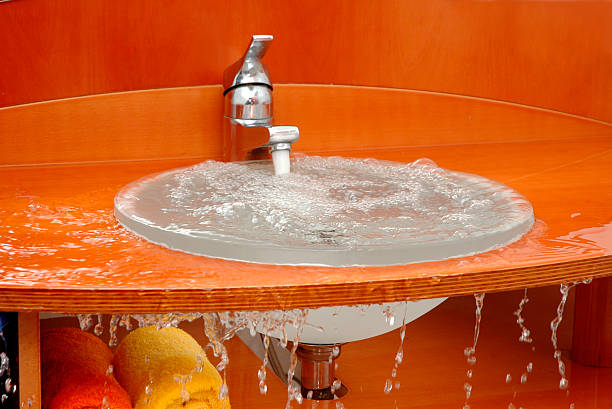
What happens when input rate is >>>>>> output rate!
DON’T JUST REPLACING STUFF – STOP POURING IN!!!
What is so harmful about oxygen and carbon emissions?
When introducing about the magic of biodegradable polymers/materials, this reaction of aerobic biodegradation is usually shown, as if every input and output of the materials are such harmless substances:

Aerobic biodegradation mechanism (Common Creative).
Yeah, what is wrong with O2, CO2 and water?
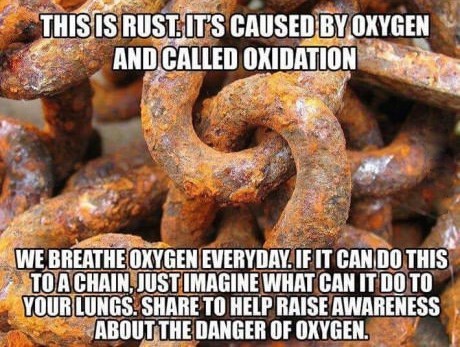
Oxygen is dangerous, don’t you know =))
Let’s talk about the oxygen in this reaction first. To degrade the polymer, the scientists rely on the microorganisms to digest those materials into simple molecules like CO2 and water. However, the microorganisms still need oxygen, and they will consume oxygen to be able to do that job.
In the environmental science field where people deal with how to manage wastewater, there is a concept of BOD and COD – biological oxygen demand and chemical oxygen demand – which show the amount of oxygen needed to decompose organic matter by microorganisms or by chemical oxidation. A quick check on Google show that in normal domestic sewage the influent BOD is generally 300 mg/L, meaning for each liter of sewage wastewater, 300mg of oxygen is needed to decompose all organic matter in it. And the wastewater should be treated to at least 25 mg of BOD/L before discharged to the open water to reduce pollution potential[1]. The dry matter content of the waste effluent varies depending on the area, but can be 10 – 80%[2].
How much oxygen is needed to degrade all the biodegradable materials that we’re gonna put in the ocean with the rate of 1 garbage truck every minute, or take it lightly, maybe 1 garbage truck every hour, every day?
The ocean has the capacity to produce oxygen, and at least half of Earth’s oxygen comes from the ocean, but like anything else in the world, marine animals and plants and planktons use oxygen to breathe, and about the same amount of oxygen created in the ocean will be consumed by these marine lives[3].
The oxygen concentration in seawater is very low compared to that in air. A liter of air can hold 210 ml of oxygen, but a liter of seawater can hold roughly 7ml of oxygen or a bit more. Oxygen is some kind of a luxury in the ocean and we human are depleting it by throwing all kinds of garbage in there. Ever heard of “eutrophication”, “hypoxia”, or “dead zones”?[4] All of these terms point to a situation where human waste, like agricultural runoff, untreated wastewater with high BOD and COD is discharged directly into the waterway, rivers and oceans, and lead to the overgrowth of harmful algae[5], nutrient pollutions and the oxygen depletion. When you dispose also organic waste and biodegradable materials into the ocean, you introduce more stuff that require decomposition and oxygen consumption. Don't you know that you are suffocating marine life with the thought that it’s ok to dispose your shit there?
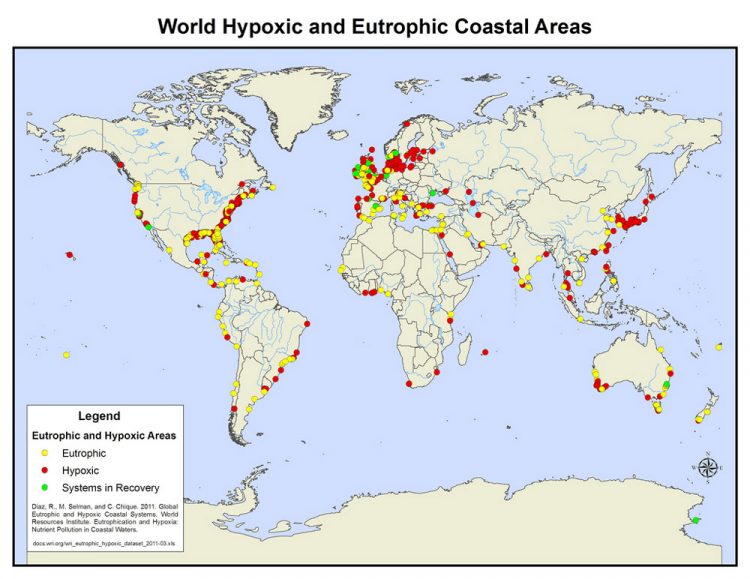
World map of eutrophic (nutrient pollution) and hypoxic (oxygen depletion) zones. Source: https://www.sciencenewsforstudents.org/article/suffocating-waters
Now, let’s talk about CO2
You feel fine because all the biodegradable materials will degrade and disappear, and the problem of plastic pollution is solved. But what about CO2? Has the issue of CO2 emissions and climate change been forgotten? With the rate of biodegradation, all of your materials will be converted into CO2 (if you’re lucky) or into CH4 in 28 – 30 days. How long does it take for the plant to sequester all these CO2 in their body, and how long is the service life of the biodegradable material? Longer than plastic? No, I don’t think so, it will be the same, maybe even shorter (some plastic gets mechanically recycled). If the demand is high, because everyone wants to replace plastic with something else, then the production rate should increase, increase fast.
Most of the time, people just show the aerobic biodegradation mechanism, but in those scenerios where biodegradable materials are disposed in the soil, home compost, or in short, anaerobic condition, the product would be CH4 – a green house gas that have the potential 25 times of CO2. What do we do with CH4? If biodegradable materials are disposed correctly and the CH4 is recovered, we can use it as a green source of bioenergy. But when dispose in open nature and in the ocean, there is no way we can recover it.
Biodegradable materials are meant to be disposed and decomposed in compost or in landfills, they are not usually recycled, given that they mostly will be used in those applications where recycling is especially challenging due to contamination issue. Most of them will be used in single-use items and packaging, which are not very likely to get recycled but will be lost in form of CO2 and water emissions and oxygen loss. In the end, the production rate of biodegradable materials has to speed up and match with current plastic production rate, and to match with their disposal rate – like the good o’ linear economy “take, make, dispose”. And as good o’ plastics, when disposed incorrectly in nature, biodegradable alternatives can cause harm, serious harm, quietly and not very visibly, so does it really matter which materials we choose to litter? No, what matters is some of us have chosen litter as their “waste disposal method” and that littering behaviour are what’s causing the environmental issues.
The moral lesson
Ever heard about The Cobra Effect – the desperation to solve one problem create other problems that are even worse than before?

Source: medium
Plastic bags were created by a Swedish man who was frustrated with the paper bags and their environmental impacts. Sounds familiar? Now people are trying to create “better alternatives” to plastic because they are frustrated by the gloomy warning that there will be more plastic than fish in the ocean by 2050.
History has a fun way to f*ck up people. Noone listens to history lessons because it’s boring. Who cares what happened in the past? The presence and future must be more important. The irony is: those who cannot remember the past are condemned to repeat it – George Santayana.

Source: Pinterest
We scientists are fascinated in solving technical challenges, we do what others think impossible, and we achieve loads of micracles and come very far from what our ancestors ever were. But, we are super bad in educating the crowd about how to correctly utilize our inventions.
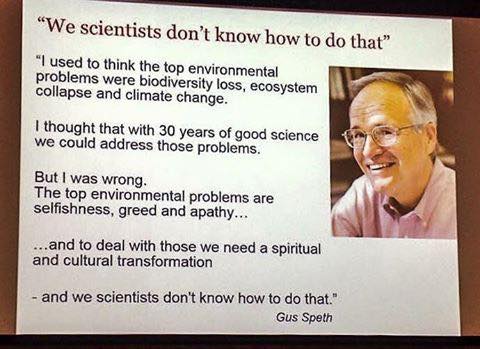
Well said, sir!
The inventor of the plastic bags cannot ensure everyone to reuse them as he did. When developing dynamites, Nobel didn’t expect his invention to be used as a lethal weapon until the French newspaper mistakenly thought he was dead and wrote in the so-called false orbituary for him “The merchant of death is dead”.
I would like to ask those companies that are developing biodegradable alternatives and fighting for a “plastic free world”, have you really read the Ellen MacArthur report and have you tried to find out the underlying causes of the plastic pollution? Are you sure that the problem lies in the material itself? Or are there any other reasons? Like overconsumption, poor sense of responsibility, littering, terrible waste management systems (yeah, I meant EU and Nordic, too – where you cannot handle your own waste and have to shipp them to 3rd world countries despite all the nice numbers on your reports)? I saw litters that are paper, dog poops, banana peel – which are perfectly degradable but a sore spot for the eyes and unhygienic playground for pathogens. Are you going to include a message about responsible consumption and correct disposal in your product labelling/marketing or you will indulge the irresponsible manners of many and use that as your selling point? The later option is a bit, no, very unethical, I think, because you are encouraging the exact manner/attitude that led us to the current situation, that is the ignorance and poor sense of responsibility towards our own consumption and waste. The cause of plastic pollution is not the plastic itself, but the f*cked-up way of thinking and way of life. And you are developing more magical materials that we can use freely without facing our consequences?
I like the idea of having some biodegradable alternatives to plastic in those applications or in those forms that are challenging to recycle, but I extremely abhor the idea to encourage carefree consumption and indulge the irresponsible disposal manner of some.
EU SUP directive: yes or no?
Many scientists and researchers feel unfair because their products are originated from “renewable resources” or biodegradable, but under the plastic definition of EU SUP Directive, an egg can be called plastic :v. I am not sure that I know every point of the EU SUP directives, but, I think those points covered by the directive are reasonable, including national consumption reduction targets, prohibiting certain SUP products with more readily available and sustainable alternatives, requirements on product designs to reduce the dispersal into the environment, requirements of consideration of full life span of products and MOST IMPORTANTLY – INFORMING CONSUMMERS ABOUT APPROPRIATE WASTE MANAGEMENT OPTIONS, REDUCING LITTERING AND OTHER INAPPROPRIATE MEANS OF DISPOSAL OF THE PRODUCT, etc.
Plastic pollution gives people nightmare about the enormous amount of waste and microplastic circulating in our food chain. The microplastic particles are harmful most because they can adsorp many chemicals and harmful substances and increase the toxicity of marine products via bioaccumulation. If PLA or other biodegradable materials have to go through cracking and degradation then they will have to become microplastic and will pose the same harms as fossil-based microplastics – at least in short term. How can you make sure that the biodegradable plastics can be degraded completely before they become microparticles, accumulate toxic substances and not being consumed by aquatic animals in the mean time? Why should we treat PLA or PBAT differently than fossil-based plastics if they require the same thing, to be disposed correctly and avoid leaking to nature? What makes the differences here is not the materials/substances but the correct and responsible disposal manner. Any material can be harmful to the environment in their own way, so we need to handle them correctly. For me, the bottom line is that EU SUP Directive instructs everyone to be more cautious in their production, consumption and disposal.
One important issue mentioned in the EU SUP directive is that “reducing marine litter” should be the key action and a priority to realize the UN Sustainable Development Goal 14 (conserve life below water).
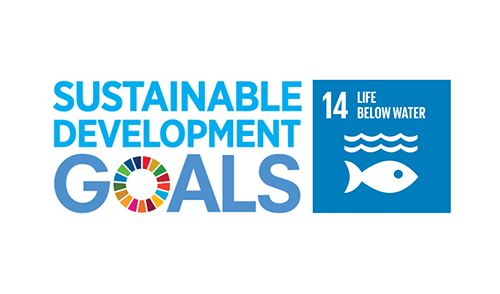
Why on earth do we still develop products that give people the illusion that they actually can litter and cause no harm to the environment? How do you persuade people that littering those “biodegradable” or “eco-friendly” materials in the environment is harmful if the harm is invisible in the form of oxygen consumption, water quality, the carbon emission and it only becomes obvious when aquatic life is destroyed and the water bodies’ surface is covered with dead fish?
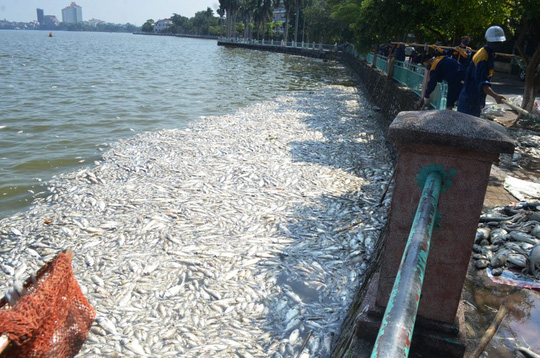
Direct discharge of untreated wastewater effluent to a water body can cause hypoxia and kill aquatic animals rapidly.
Ending
I don’t believe in radical solutions or extreme method/attitude. The thought that we could completely replace something, or live totally without something is naive and ridiculous. I believe in balance and everything has its own role in our world. And it is our manner/attitude that can make a difference, and it’s no use chasing the rabbit and ignoring the elephant in the room.
Feel free to refute any point(s) that you disagree – I would like to hear your thought and happy to discuss and learn from you.
Ngoc Huynh
Originally posted on wordpress on 15.03.2022

English Zone
/english-zone
Bài viết nổi bật khác
- Hot nhất
- Mới nhất

